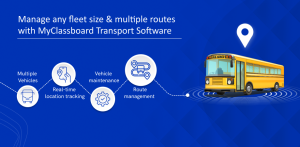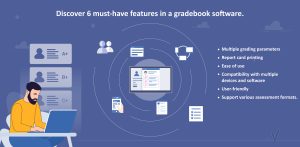Let me take you to the vault reminding our dear readers of the world’s largest and greatest security breach – Yahoo. As many of the readers are aware that the Internet service company Yahoo had reported two mega data breaches of user account data to hackers, during the second half of the year 2016. The first breach announced by Yahoo was reported in September 2016, that had occurred sometime in late 2014 which has affected over 500 million Yahoo user accounts. The second breach was reported in December 2016, which occurred earlier around 2013 and affected over 1 million user accounts. In a jaw-dropping note, the both breaches were considered the largest discovered breaches in the history of the internet.
Coming back, the world that we live in today is a digital world where everything is technology based and you are a just click away from using it. Making the best use of the technology available in everyone’s pocket, the banking transactions these days mostly happen from the smartphones or tablets or other electronic devices of the users. And it is obvious that it is not always possible for one to remember the password. By this, we can draw a conclusion that passwords are no longer adequate for protecting information online and even most complicated passcodes can be broken.
With the increased privacy and security concerns becoming serious threats to organizations and individuals alike, there were many attempts made to combat the issues like generating OTPs, tokens etc., but none of them proved to curb the rising threat. Under serious consideration, authentication of biometric verification was the next thing under implementation and proceeded by its aftermath, biometrics became compulsory. Many government and financial organizations have been adopting biometrics for identity management to reduce fraudulent transactions. The agenda behind biometric integration is that it provides improved convenience and security by replacing usernames and passwords and it has emerged as an important tool in the recent years.
According to the definition provided by International Standardisation Organizations (ISO), “Biometrics refers to automated recognition of individuals based on their biological and behavioral characteristics.” Biometrics covers a variety of technologies in which unique identifiable attributes of people are used for identification and authentication. These include a person’s fingerprint, iris print, retina recognition, hand, face, voice, gait or signature recognition, which can be used to validate the identity of individuals seeking to control access to computers, airlines, databases and other areas which may need to be restricted.
This is how biometric verification process works: The Biometric devices consist of a reader or scanning device to scan the identity of individuals, a software that converts the scanned information into digital form and compares match points and finally a database that stores the biometric data for comparison. The major advantage of biometric integration is that it is very difficult to spoof or replicate someone’s biometric data as the biometric authentication for everyone is unique and the individual can be identified by his/her physical or behavioral characteristics alone.
The same has been applied to the educational realm as well to secure the data, but here the biometric integration is mainly to calculate and track the attendance of students. The manual process of taking attendance and registering it in stacks of files is easily prone to error and data loss, moreover, the manual data entry is not adequate. There might be even chances of encountering proxies, but the biometric attendance system automatically calculates the attendance of students and the software directly enters the attendance in the school system. Biometric integration for teachers can be used to check their attendance too and the data can be tracked to easily calculate the payroll for the employees or teachers. Biometric integration with HR and Payroll module benefits the school management to automatically calculate the payroll. This is how a biometric integration works for schools and educational institutes.
Having integrated biometrics in its software, MyClassboard has facilitated many of its clients in tracking the necessary data with minimum effort.











